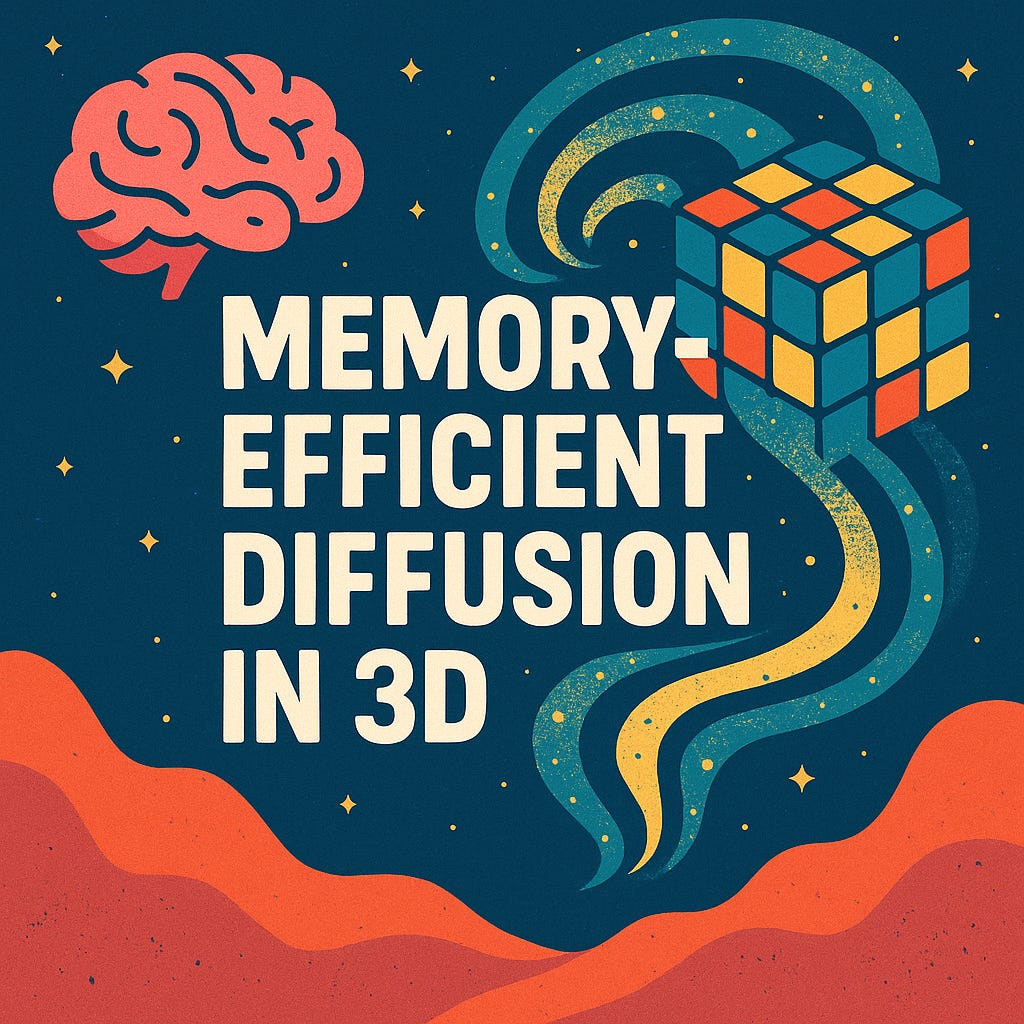Think Big, Train Small: Memory-Efficient 3D Diffusion for Medical Image Processing
A moonshot inside your MRI scan
If you’ve ever seen a stack of medical images — from a brain MRI to a chest CT — you know that modern scanners don’t just take pictures, they produce full-blown 3D worlds. Turning those worlds into actionable maps — for example, a precise outline of a brain tumor — is one of the grand challe…
Keep reading with a 7-day free trial
Subscribe to Andreas' AI Morning Read to keep reading this post and get 7 days of free access to the full post archives.


